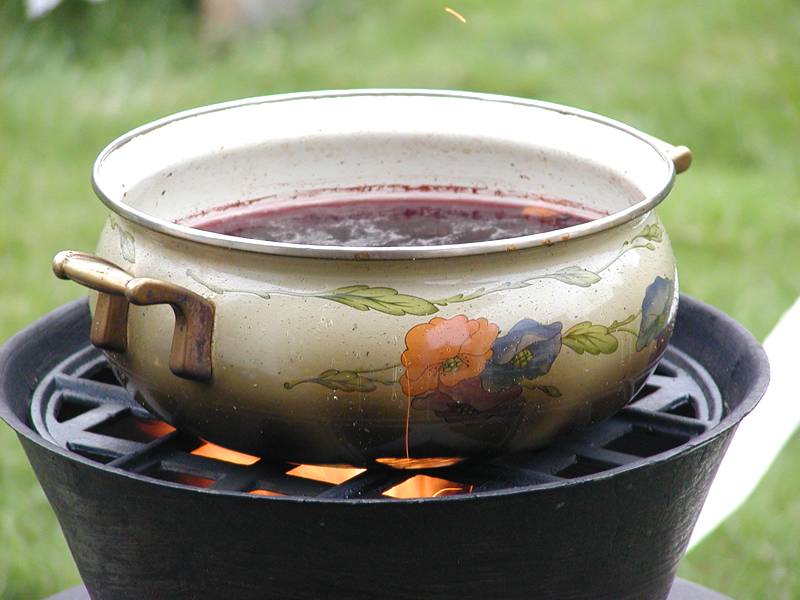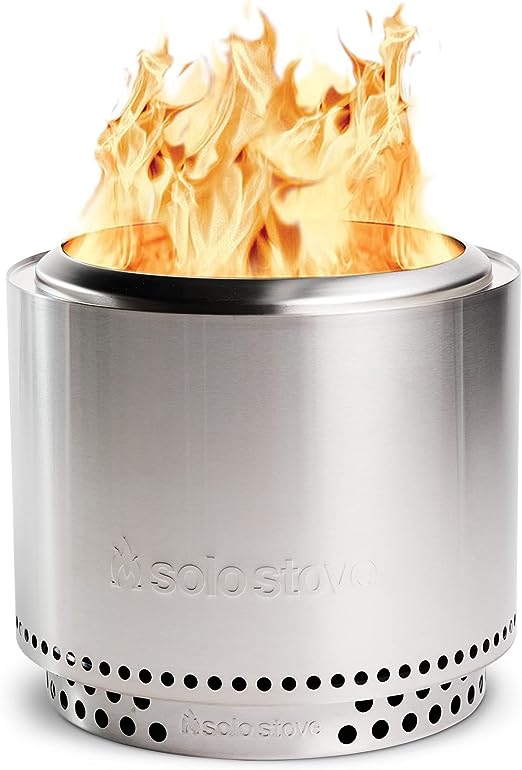Cooking with Outdoors Stoves

For a significant number of us, it’s difficult to envision outdoors without a campfire. However, unless you require it for warmth, you will not have to go to the inconvenience of building one any longer. This is on account of outdoors stoves have gotten to a point that they are so compact, safe, and simple to utilize that you might pick them over that of a campfire. Also the way that in numerous campgrounds and national woods campgrounds, campfires are considered security risks and are restricted. So outdoors stoves are an awesome substitution for your cooking needs in those cases.
Outdoors stoves are intended to be compact and lightweight with a specific end goal to make them advantageous and simple to operate. There are four essential classifications of outdoors stoves, contingent upon the kind of fuel that the stove employs.
- There are stoves with single burners that don’t have any controls on them. They utilize a solid fuel that is placed in the burner before it is lit.
- Other stoves have single burners too however these use liquid gel that is stored in a tank, the highest point of which is the burner component.
- Still different stoves use propane gas. They have one or more burners furthermore have controls to manage the measure of gas being blazed and the stature of the fire, much the same as a gas stove in your kitchen.
- The last stove is one that uses biomass for fuel. Biomass is any combustible material like paper, wood, twigs, leaves or any thing that will burn. These stoves do not require that you store or carry any toxic fuels. The biomass is place in a chamber and lit. Once the fire is started a process of gasification begins. This is were the gases in the biomass is released.
One of the issues with outdoors stoves is that their flares are defenseless against the components – especially wind. Regardless of the fact that the wind doesn’t totally douse a burner’s fire, it could make it diminish in size or to end up uneven in it’s arrangement against the cooking vessel, both of which would decrease the viability of the stove. So when taking a gander at outdoors stoves, you’ll need to consider regardless of whether a model has an inherent wind shield. You might need to buy a marginally bigger (or less collapsible) model so as to get this component, yet it will diminish dissatisfaction when you’re really cooking with it. Numerous campers will attempt to make their own wind shield, a practice that can be extremely risky. On the off chance that the wind changes headings or quality, the material being utilized may get blown against the burner fire and touch off. In any case, aluminum foil is a moderately safe material that can be utilized to shield if necessary.


Leave a Reply